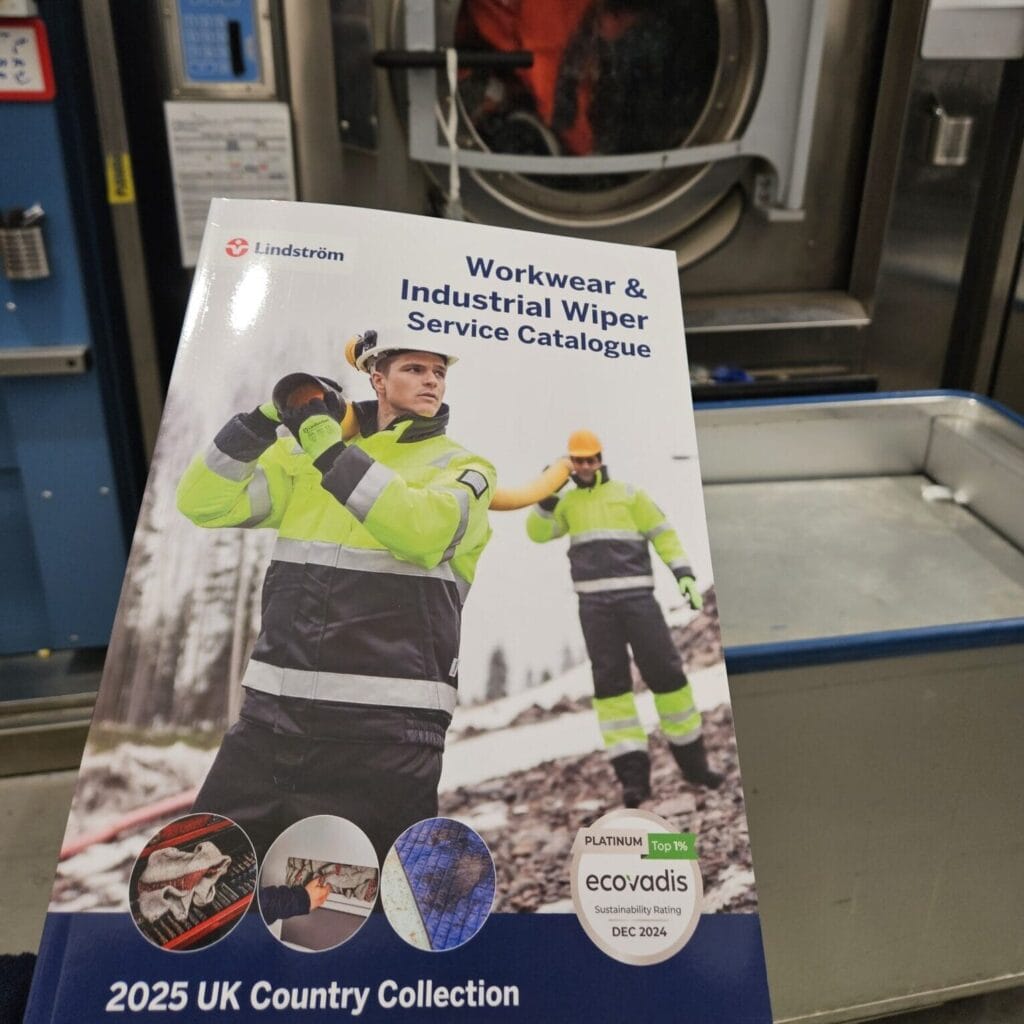
How To Keep Workers Safe & Protected When Working With Chemicals
Chemicals are used in all manner of businesses, from manufacturing to maintenance. Many chemicals are hazardous to human health or the environment, so it is vital to know how to safely manage chemicals in the workplace and ensure the health and safety of employees.
To mitigate the risks of chemicals in the workplace, you will need to consider how to handle, store, use, and dispose of them. In addition, you also need to provide the workwear and PPE to protect employees who work with or around chemicals.
The Chemicals You May Use
To assess the risks to workers, you first need to determine which hazardous chemicals you use and create a chemical inventory for your business. The common chemicals, risks, and regulations you need to be aware of include:
- Pesticides – covered by the Control of Pesticides Regulations (COPR)
- Fire/explosives – covered by the Dangerous Substances and Explosive Atmospheres Regulations (DSEAR)
- Registration of chemicals – covered by the UK Registration, Evaluation, Authorisation, & restriction of Chemicals (UK REACH)
- Control of substances – covered by the Control of Substances Hazardous to Health Regulations (COSHH)
The chemicals and substances that pose a risk in these groups include:
- Pesticides – aquatic molluscicides, avicides, biocidal paints, insect repellents, insecticides, surface biocides, vertebrate repellents, and wood preservatives.
- Fire/explosives – solvents, varnishes, paints, liquid petroleum, acetylene, celluloid, pressurised gases, metal corrosives, and dust from foodstuffs, sanding, and machining.
UK REACH brought the regulations covered by EU REACH into UK law and made your business responsible for the safe use of substances and communicating how to use them safely. As a result, utilising a digital COSHH management system will help you maintain and update your records, ensure compliance, and conduct audits.
A Clear & Safe Chemical Management Process
To achieve a clear and safe chemical management process, your workers must understand and follow the policies and procedures for working with chemicals. Therefore, you should provide your team with information on the chemicals they use in their role as well as provide training on their safe use.
Furthermore, your team needs to be aware of their responsibilities, including reporting defects in equipment, following control measures, and reporting incidents or accidents involving dangerous substances.
Additionally, it helps to review the precautions you have in place on a regular schedule and assess if these are sufficient. As part of your assessment, you should check the Safety Data Sheet (SDS) supplied with each hazardous chemical. The SDS provides advice on safe handling, appropriate workwear, its use, and the action to take if someone is exposed to the substance.
Avoid Contact With Chemicals
Once you have identified chemical hazards and assessed the risks, you need to control exposure. Avoiding contact with chemicals or reducing contact with them to their lowest possible levels is essential. Remember, dangerous substances might be present in many states, such as liquid, dust, vapour, mist, fumes, gas, powder, and fibres.
To help you ensure compliance with the various regulations, you should consider nine control measures that can reduce risks:
- Engineered controls – such as ventilation and enclosures
- PPE and safety equipment – such as protective workwear, goggles, etc.
- Current work practices and procedures
- Employee training
- Substance storage
- Hygiene – such as separate wash and break room facilities
- Waste disposal
- Housekeeping
- Emergency procedures – such as an emergency show or eyewash
For each chemical or hazardous substance, you should look to:
- Eliminate – the hazardous substance or chemical
- Substitute – the chemical with a less hazardous one
- Install – engineering controls
- Control – by introducing administrative rules that limit access and use
- Protect – workers by providing PPE and safety workwear
Safety Workwear
The last line of defence for workers, where other measures cannot altogether remove the risks, is PPE and safety workwear. Workwear PPE can include eye and face, hand, respiratory, skin, and thermal protection. For example, if your workforce includes welders, then you must supply fireproof workwear designed to protect them from soldering fumes as well as flames and sparks that may burn the worker’s skin.
Lindstrom provides a wide variety of safety workwear for businesses across all industries. Workwear rental is an affordable and effective solution for professionals such as mechanics, engineers, commercial caterers, and healthcare workers.
Contact our team today to discuss workwear rental to keep your workers safe and protected them when working with chemicals.



